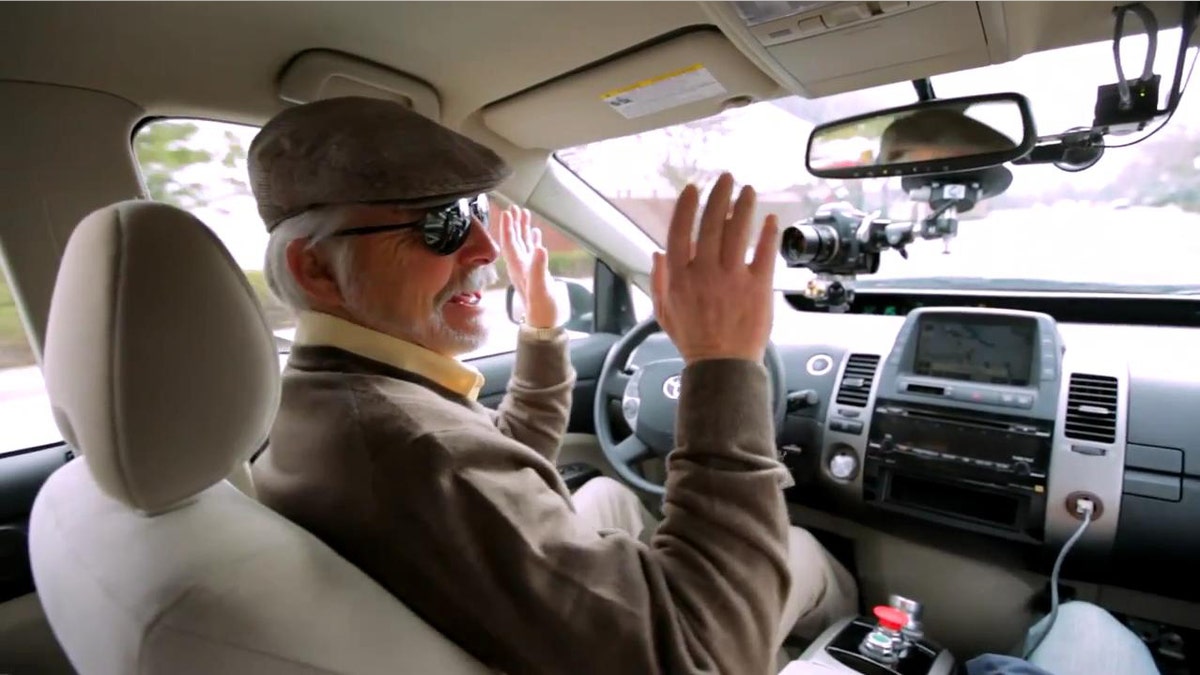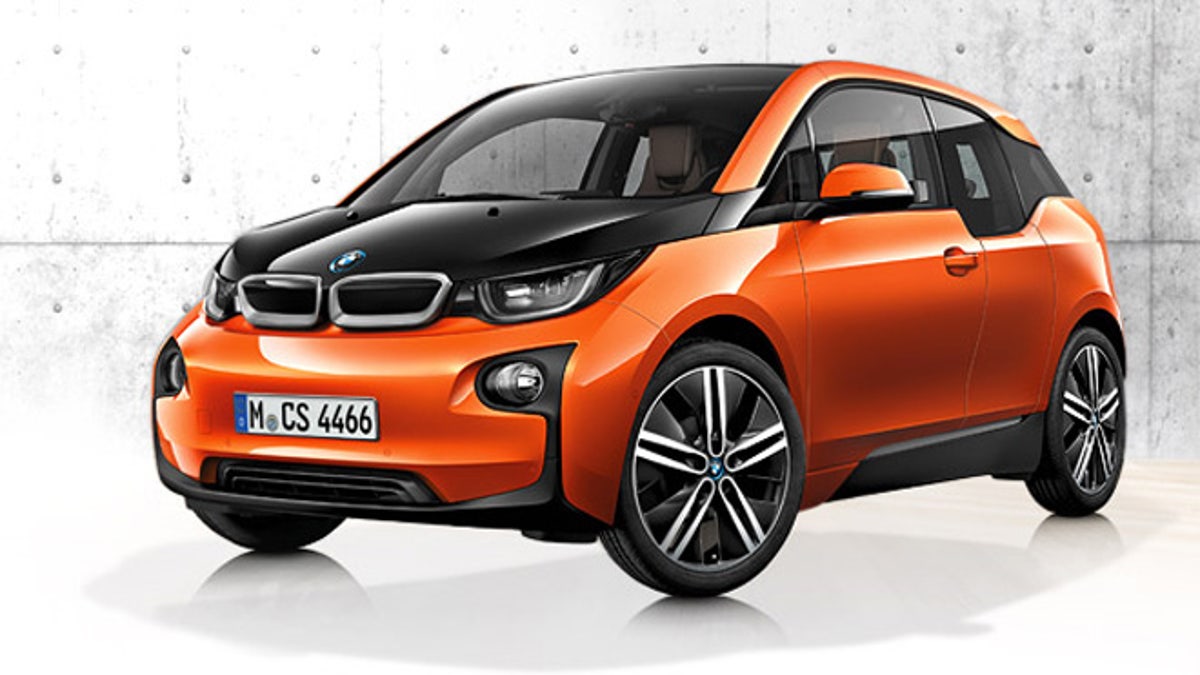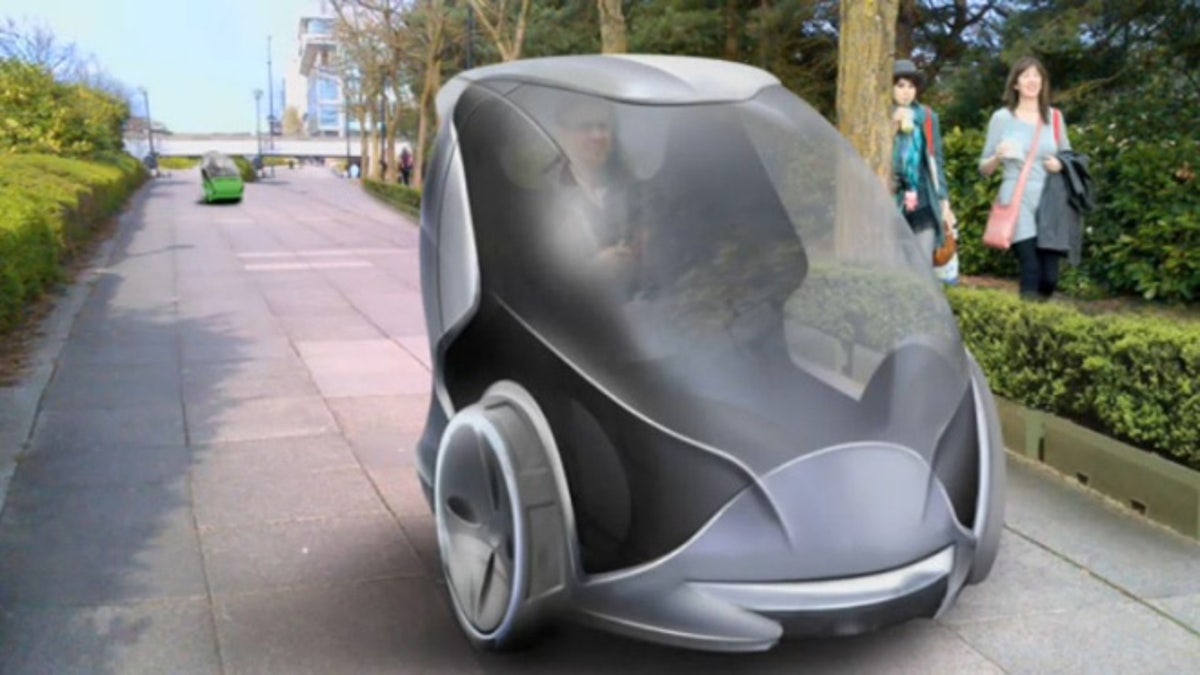Just when you thought your commute was getting too routine.
Over the next decade, the idea of getting to work on time, heading out to the hinterlands for your family vacation or even going to the game will become much easier. Cars will drive themselves along pre-determined routes. Trains will use new magnetic rail systems. And an amazing new “hyperloop” train will speed along at 800 miles per hour.
The best part? These innovations are not just spinning their wheels. They are set to debut within the next 10 years or have already started transporting us.
“New technologies have the potential to make our roads and transit systems safer, greener and more efficient,” Gregory Winfree, the administrator of the Department of Transportation’s Research and Innovative Technology Administration, told FoxNews.com. “We are working hard to ensure that these technologies can be integrated safely into our existing system.”
“We will need to do something,” said Thilo Koslowski, the lead automotive analyst at research firm Gartner, who studies next-generation transportation, “given that we will continue to see more vehicles on the road but won’t be able to grow infrastructure at the same time. We have to get smarter about using that infrastructure and/or innovate in passenger vehicles and mobility.”
1. Hyperloop

Aug. 12, 2013: An artist's concept of Elon Musk's Hyperloop passenger capsule, with doors open at the station. (Elon Musk)
One of the most exciting innovations in transportation has to be the Hyperloop train. Rising on nearly airless tubes at 800 mph, the train will transport you from LA to San Francisco in just 30 minutes. Elon Musk announced a design scheme back in August, but FoxNews.com has learned the concept is more than a pipe dream -- it is now a real technology in development.
“We’re moving toward conceptual design,” said Dr. Patricia Galloway, the co-leader of Hyperloop Transportation Technologies Inc., hinting at more than just a rough design sketch and an actual concept, something that is concrete and verifiable in the near future.
“On paper, hyperloop is both cheaper and quieter, and it is potentially much faster, than a maglev train,” said Rob Enderle, an analyst with Enderle Group who studies Silicon Valley technology.
2. Maglev trains

(Wikipedia / Yosemite)
“Magnetic levitation” trains are not just a lofty dream held over from the ’50s. They are already in operation in Shanghai and Japan. South Korea is building a maglev train that will operate within the Incheon Airport, and China reportedly has a second maglev train in development.
A magnetic force lifts and propels the train using a minimal amount of energy compared to diesel-powered or electric-powered trains. The trains whisk passengers along at up to 310 miles per hour. A planned maglev train will transport passengers over 200 miles between Nagoya and Tokyo in just 40 minutes, helping to free congested roads, reduce air pollution, and reduce accidents.
Of course, the main issue with maglev trains is the high cost of development. Because of the fast speeds, the trains have to be routed directly between destinations, said Enderle.
3. Autonomous vehicles

Steve Mahan, head of the Santa Clara Valley Blind Center, 'drove' along a specially programmed route thanks to Googles autonomous driving technology. (YouTube / Google)
A robotic driver can think faster and smarter than a human driver -- and look in all directions at once. That’s the idea behind autonomous driving, where you take your hands off the wheel and let the car do the driving for you. Ford has already announced a project called Traffic Jam Assist and Cadillac is working on something called Super Cruise that lets the car take over.
Still, Google is leading the charge. It now uses a fleet of about 24 Lexus RX450h vehicles that have logged a total of about 500,000 miles on California roads. The cars can look for exit ramps, detect buildings, stop suddenly for other cars and change speeds as needed.
Enderle says there are many prototypes already on the road, especially those being tested by Google in San Francisco. Nevada has already created laws that make them legal to use in cities, including Las Vegas. In fact, Enderle says autonomous driving could appear within two years if it weren’t for some nagging legal issues (such as how to insure them) and public safety concerns.
4. Smart cars

(BMW)
One way to solve transportation problems in major cities is to make the cars much smaller and smarter. So-called “smart cars” have been around for many years. But there are signs of progress. Many automakers, including BMW and Nissan. already offer compact electric cars. The BMW i3, already available in Europe, can brake automatically when you take your foot off the accelerator, consumes no gasoline and operates for 80-100 miles per charge.
“I do believe that there is a growing opportunity for new types of vehicles specifically designed for urban areas,” Koslowski said, adding that these cars need more of a “wow” factor and will have to become part of an urban area’s overall plan for better transportation in a city, not just showy small cars for individual drivers.
5. Urban transport pods

(Transport Systems Catapult)
What if you could jump into a moving pod and speed away to another part of the city? That is what the Milton Keynes neighborhood about 45 miles northwest of London is planning. The pods seat one person and move on their own over a pre-described route.
The idea is that the human operator interacts with the pod using a touchscreen in the windshield. You swipe to select a destination, and you can read the daily news, check your e-mail or even play a video game during the trip. There will be a built-in wireless hotspot to connect your gadgets. The pod operates on its own, showing its current route.
(Similar pods are already being used in Masdar City in Abu Dhabi and at the London Heathrow airport, but both are used in tightly controlled areas.)
Jon Beasley, the program director at Transport Systems Catapult who is charged with developing the technology, told FoxNews.com the project is an “urban laboratory” where they can test not just the autonomous pods but also how they work in a real public setting.
“We want to gain familiarity with future transport solutions in one area, to make it easier for industrial collaborators to come together and work together,” he says.
